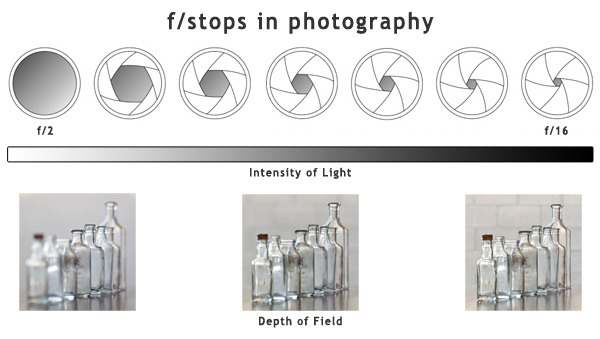
So, just plan accordingly and if you absolutely need this aperture for a shot, consider renting! These are usually going to be considerably more expensive than the f/4.

Really, the only downside to this fast lens is the price. The Downside of F/2.8 It’s important to recognize the types of shots you intend on taking. For example, if you’re shooting sports, you’ll need a fast shutter to get the athlete while they move.īut, if you need more light and you’re limited to an f/4, you might have to slow down the shutter, causing you to lose the crispness of a fast shutter with enough light. If you need a faster shutter speed, you’ll definitely need the f/2.8 to capture your subjects. So, if you’re wanting to create intimate, portrait-esque shots of your actors or subjects, this is the lens for you. If you’re going to need the camera for photography gigs, you need to consider what you’ll be shooting. You get one more stop of light (which can make the world of difference, if you need it) and the images created give you much more of that “dreamy” quality that shallow depth of field can create. Keep in mind, the differences might not make a huge difference in the eyes of your audience but, at the end of the day, these lens decisions inform your own artistic vision. In fact, let’s look at two shots where one is taken with a Sigma 18-35 at f/2.8 and my Canon 24-70 at f/4, so you can see the depth of field difference.īoth of these shots are at 24mm focal length. The other downside is the less extreme bokeh and the less shallow depth of field you get. This will allow you more wiggle room for exposing the image properly.
#DEPTH OF FIELD AND F STOP FULL#
If you’re shooting in a darker situation, whether its a wedding, documentary, or some type of event, and you can’t control the lighting as much, you’ll want the full range of being able to open the aperture up to f/2.8. I think the most obvious downside to being limited to a f/4 lens is the inability to get as much light hitting the sensor as the f/2.8.

These lenses are also significantly cheaper than the f/2.8s of the world. So, the upside to this focal length is you still get the shallow depth of field with f/4, and f/4 is still going to allow a ton of light in and give you a sharp shot. I use it for pretty much every shoot I go on and, overall, it’s a powerhouse piece of glass that I don’t see myself ever selling. Right now, as of writing this article, my personal favorite lens I own for shooting is the Canon 24-70 f/4. The Benefits of F/4 An example of shallow depth of field. You just have to decide if you need that extra stop and what the f/4 can bring to the table in the meanwhile. So, the f/2.8 will almost always be more expensive because it’s objectively capable of more than the f/4. With a f/2.8 lens, you get an entire stop added to the lens capabilities. I’m just going to jump right into it and say that the benefits and differences between these two lenses are clear. This is where you’ll get that infamous bokeh you’ve come to know and love. However, when you open up the aperture like this (f/2.8 or f/4), you’re going to get a much shallower depth of field.

It’s a way of distinguishing the amount of light that can pass through your lens to your camera’s sensor or film.Īll that you really need to know in this regard is that a higher f-stop (perhaps f/22 or f/16) is going to result in less light hitting the sensor-therefore a darker image.Ī lower f-stop (such as f/2.8 or f/4) will result in a brighter image by letting more light through. The term f-stop refers to the aperture setting on your lens. We’ll look at the difference between the two, when to choose which f-stop for a certain shot, and does it really matter?īefore we can distinguish the difference and importance between specific-sized apertures, it’s important that we address what an aperture is and how it works. Whether it’s adding or reducing the amount of light in your scene, or looking at your storyboard and figuring out what type of focal length the shots call for.īut focal length aside, one crucial element of lens capability is understanding how f-stops work in relation to your shots.įor this article, specifically, we’re going to look at the two widest apertures that usually come standard with a consumer level lens-f/2.8 and f/4. Given all the many steps that you must take leading up to your first day of shooting, one of the single most important decisions you’ll have to make is the choice of lens to shoot with, and how you’re going to compose, light, and shoot your scene. Okay, I’m sorry, but I had to make that little joke.

Obviously, these two f-stops are different. We’re going to look at f/2.8 and f/4, the differences between the two, and when to choose which f-stop for a specific type of shot.


 0 kommentar(er)
0 kommentar(er)
